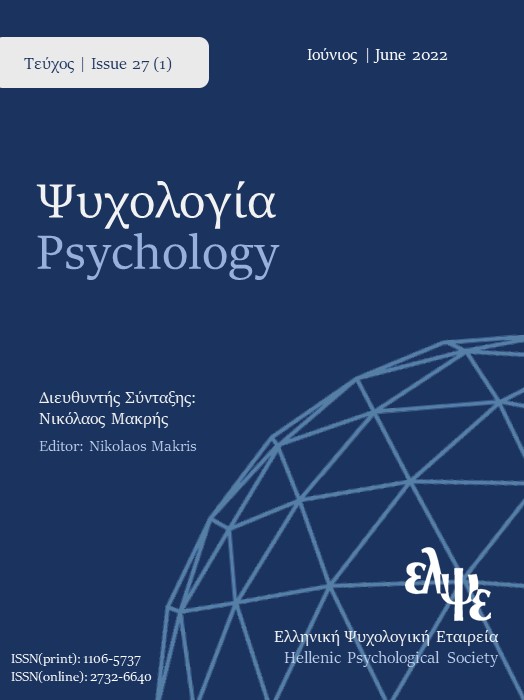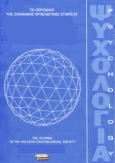Common method bias in research designs using self-report tools: literature overview and recommended remedies

Abstract
One of the most discussed and controversial methodological and statistical issues that concerns empirical survey-based research is common method bias, which may occur when the data for the predictor and criterion variables come from the same person using the same response method. Uncontrolled method variance may produce biased estimates of the reliability and validity of the examined constructs and erroneous parametric estimates of the relationships between two constructs. The aim of the study is the literature overview on the concepts of common method bias and variance. The 143 articles that derived from the advanced search of relevant studies in four databases demonstrated the main thematic sections of the present study. Classical test theory was used to explain the sources of measurement errors and the effects of common method variance. Subsequently, the prevailing procedural and statistical remedies for controlling common method variance were described. The potential effects of common method variance on self-report research are complex and difficult to understand, but despite the debate about its nature and extent, researchers from psychology and social or organizational disciplines should take steps to minimize method bias.
Article Details
- How to Cite
-
Kaltsonoudi, K., Tsigilis, N., & Karteroliotis, K. (2022). Common method bias in research designs using self-report tools: literature overview and recommended remedies. Psychology: The Journal of the Hellenic Psychological Society, 27(1), 210–231. https://doi.org/10.12681/psyhps.30843
- Section
- THEORETICAL REVIEWS

This work is licensed under a Creative Commons Attribution-ShareAlike 4.0 International License.
The journal PSYCHOLOGY adopts a Platinum open-access policy. Submission, processing or publication costs are waived by the Hellenic Psychological Society. Papers published in the journal PSYCHOLOGY are licensed under a 'Creative Commons Attribution-ShareAlike 4.0 International' licence. The authors reserve the copyright of their work and grant the journal the right of its first publication. Third-party licensees are allowed to use the published paper immediately after publication as they wish, provided they retain the defined by the license copyright formalities, regarding the reference to its author(s) and its initial publication in the journal PSYCHOLOGY. Moreover, any adjusted work should be shared under the same reuse rights, so with the same CC license.



